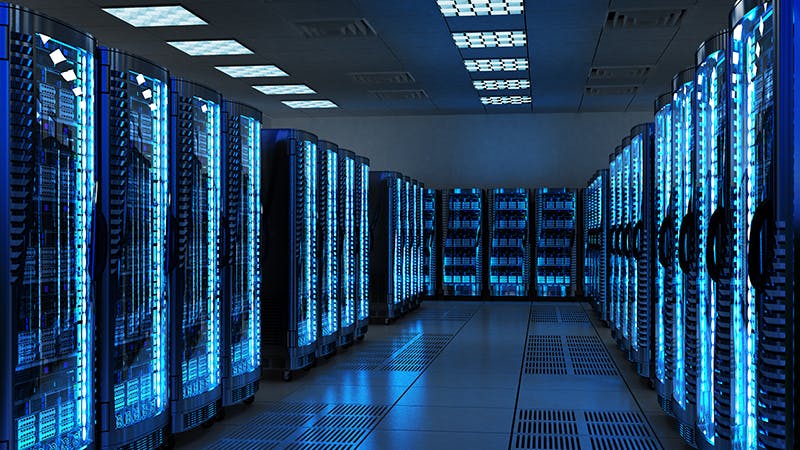Data center cooling systems play a crucial role in delivering optimal energy efficiency without sacrificing availability and reliability.
Data center cooling equipment is becoming a more dynamic system. It continuously regulates the utilization of cooling power fans, coolant pumps, and other controlled components inside IT resources to adapt to the variable heat load even in the hottest ambient conditions. With the rising expectation and regulations, the objective for data center cooling systems stretches beyond energy efficiency to system availability and reliability.
Watch this system engineering webinar and learn about the five key pillars that are integral to the success of data center cooling systems:
- Utilize system simulation principles to reduce the development time and cost of data center cooling equipment
- Verify early if new cooling technologies satisfy contradictory objectives as availability and energy efficiency
- Assess the dynamic performance of the data center cooling during transient operations
- Verify and validate earlier complex control strategies to adapt the cooling power to the new thermal loads
- Test critical scenarios in a risk-free environment using virtual prototypes
How to optimize data center cooling system design using system engineering concepts
The choice of data center cooling system design has a direct impact on data center's availability, reliability, and efficiency. A compact cooling system provides additional space to accommodate more servers, directly translating into business expansion. Among all operational costs, the data center cooling infrastructure represents a significant percentage that varies depending on the technology (from standard chilled water to new liquid cooling systems).
Developing a system-level simulation tool to accurately predict the real-time hydraulic and thermal performance at the component and system level is crucial at the very early stages of the design. The tool can be used to evaluate different design scenarios, to evaluate the feasibility of a design, to estimate the energy consumption and power losses, and to size the components such as pumps, valves, heat exchangers, and reservoirs.
System engineering tools have features to assess the dynamic performance of the data center cooling during transient operations. Join the event and discover more.
Data center sustainability
The data center industry is responsible for 1-1.5% of global electricity consumption, with percentages only expected to increase to satisfy consumers and business demands. Data center companies continuously investigate and develop new advanced technologies and intelligent power management solutions to meet their sustainability target.
Leading data center companies explore system engineering concepts to explore energy-efficient technologies that have the double consequence of lowering operational costs and minimizing the ecological footprint. Watch this webinar and discover now.
